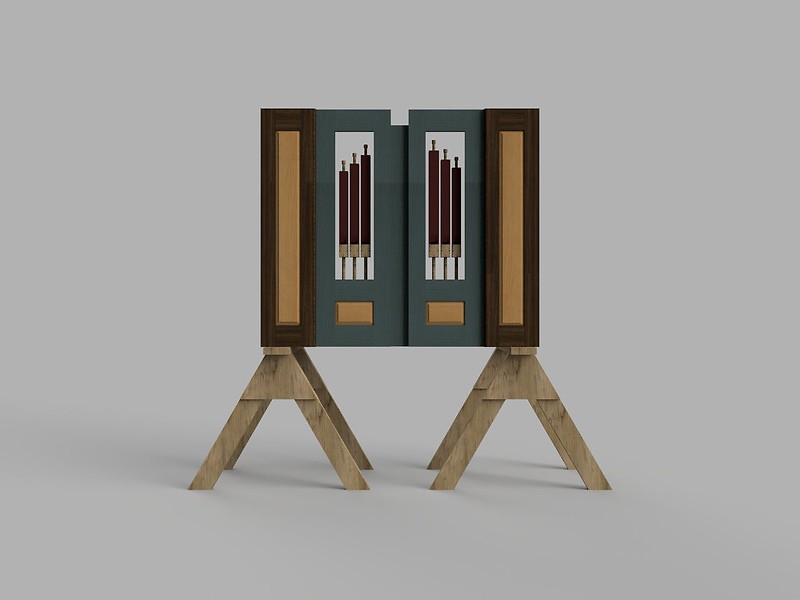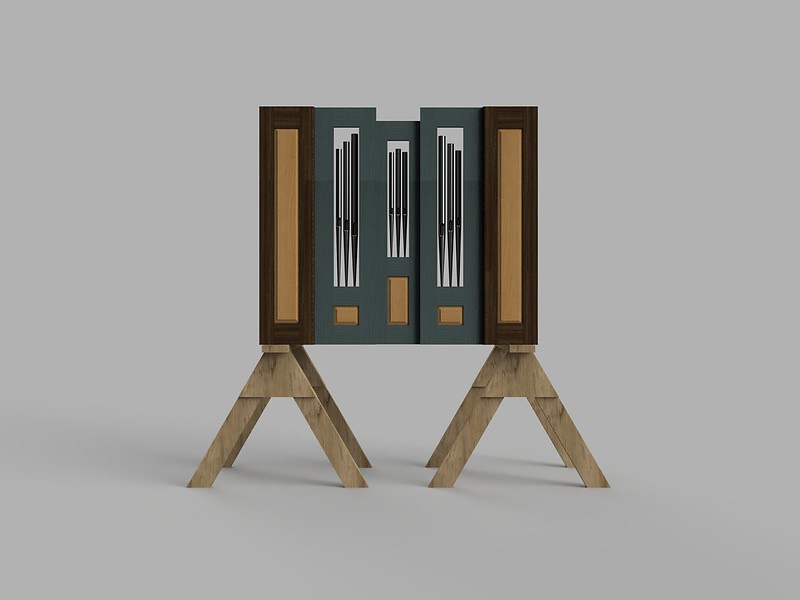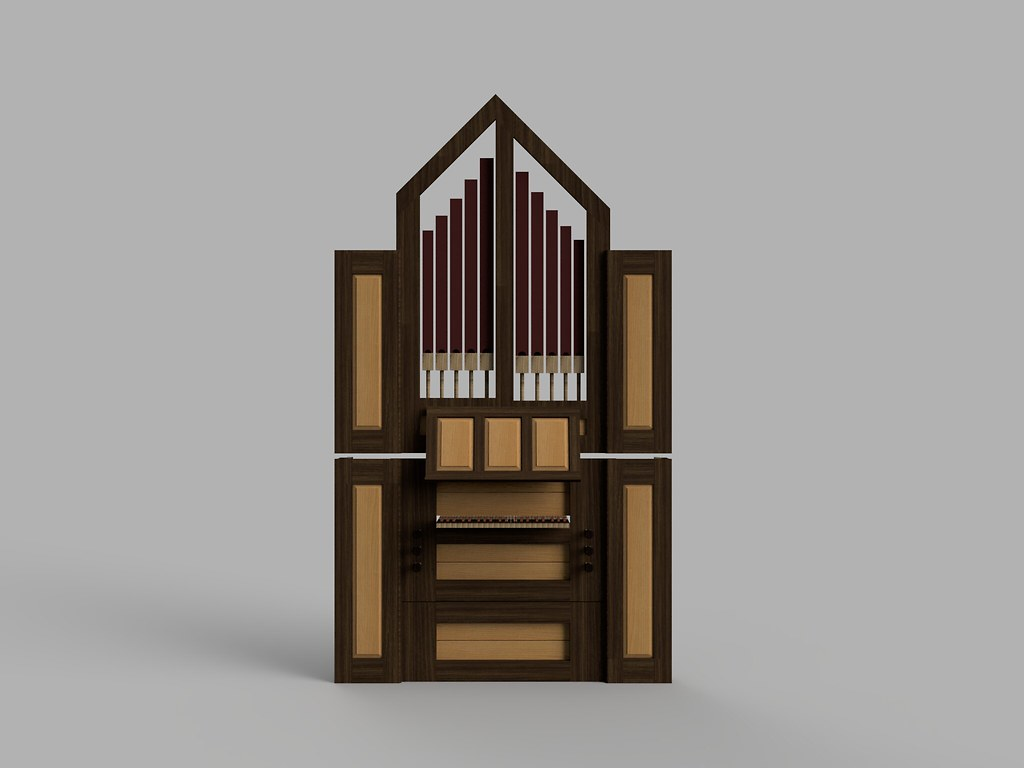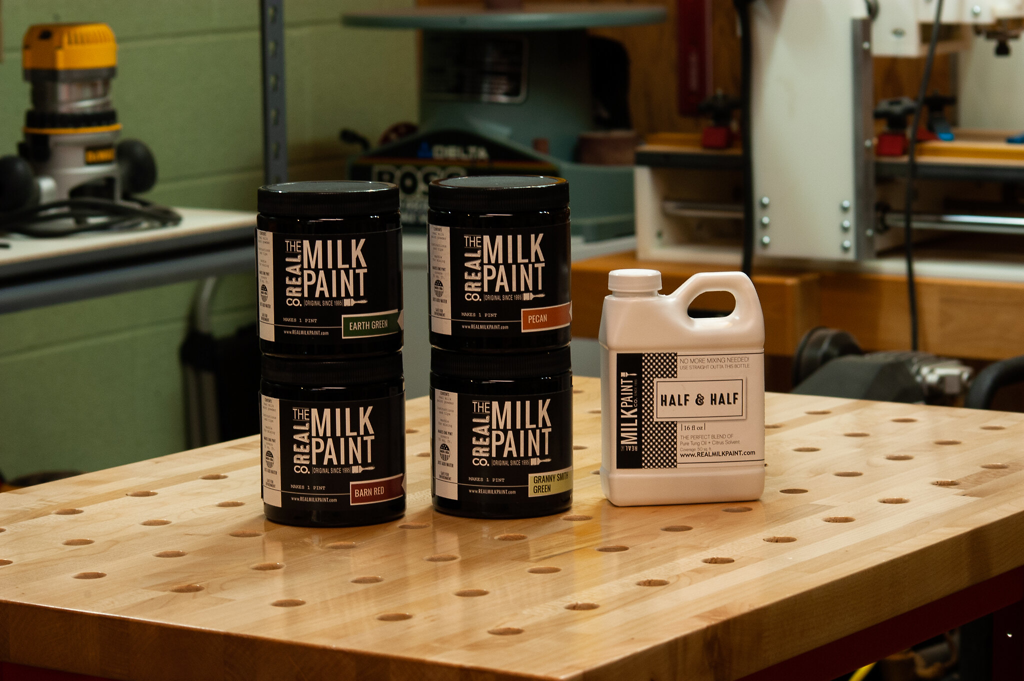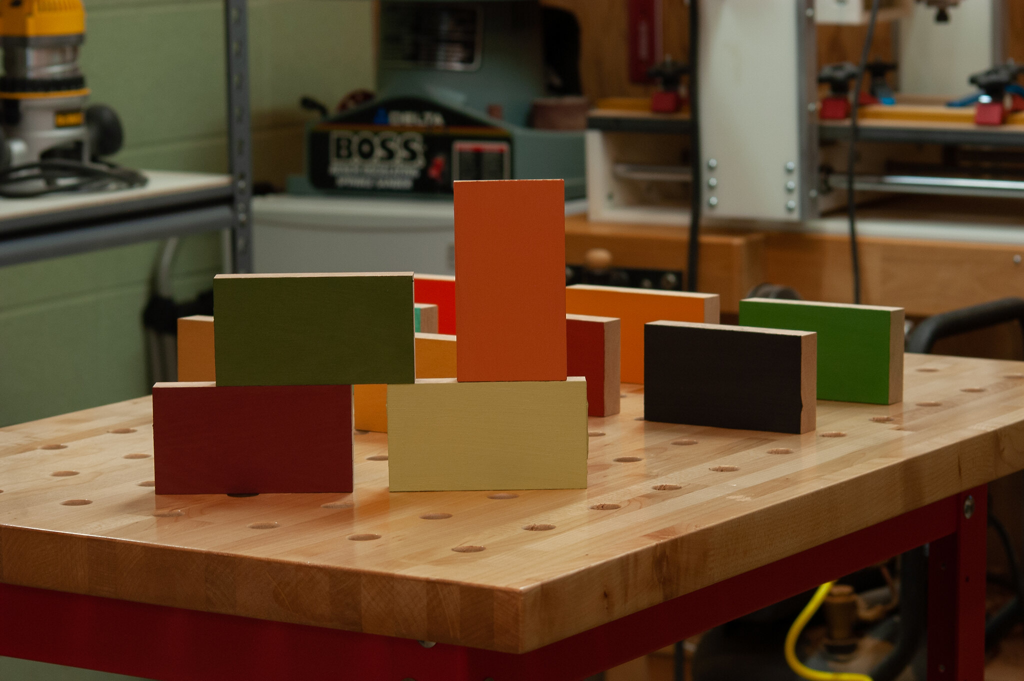Lean Design: Going for the Essential
![]() August 23, 2025 13:16
August 23, 2025 13:16
If you've been following along, you know that in a series of blog posts, I plan to conduct a design study that conceptually builds a very real church, an organ it didn't ask for, using pipes taken from their existing mid-industrial era gallery organ. This design study allows me the opportunity to build out, if only on paper, an example of my 43-note continuo for a space I know well, from material I know well. I was an organist there for eight years. If you are new to my project, start here and work your way up.
The designs I proposed in my previous post featured bass pipes from an open 4' stop in the front of the case. This produces a taller case that can accommodate the pipes of an open treble 8' stop beginning at tenor-f. However, the two stop lists I proposed simply had a stopped flute as the only 8' stop. I designed another case variant to take this into account. This design is smaller yet just as functional.
Stopped Diapason 8'
Flûte 4' bass
Principal 4' discant
Melodia 4' discant
Octav 2'
Quint 1 1/3'
We can place the lowest pipes of the stopped Flûte 4' bass in the front of the case if we want wood pipes there, or we can place the lowest pipes of the open Octav 2' in the front if we want metal pipes there.
The Octav 2' and Quint 1 1/3' ranks provide our resplendent upperwork. If we want more cultural inclusion, we can add a Corneta stop. Although more elaborate, this is my favorite.
Stopped Diapason 8'
Flûte 4' bass
Principal 4' discant
Melodia 4' discant
Octav 2'
Quint 1 1/3'
Corneta I-II
Posted August 23, 2025 13:16
Add Your Comment
Reuse and Recycle: The Story of a 43-Note Build
by Steve Panizza
Recent Blog Entries
Archive
